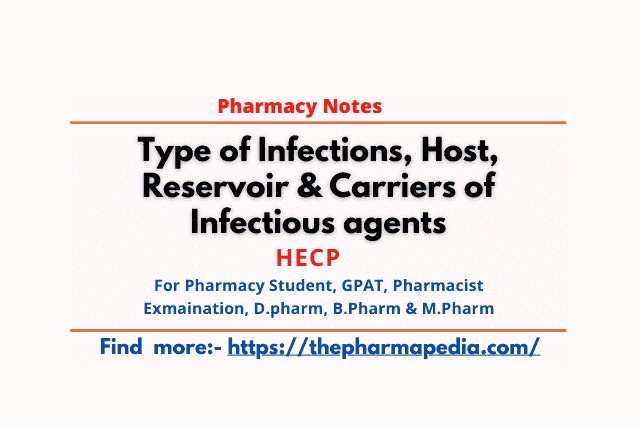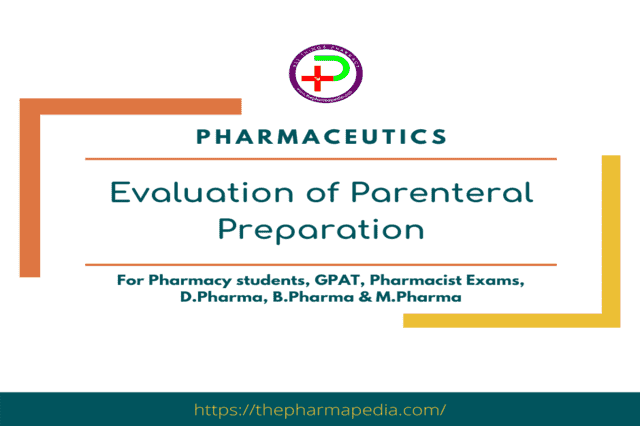Important Term & Definition
A. Infectious agent:
A microorganism which is capable of producing an infection. (bacteria, virus, fungi, parasite and prion)
B. Infection:
Invasion of the body tissue of a host by an infectious agent whether or not it causes disease
Pathogenicity: refer to the ability of microbial species to produce disease
Virulence is the ability of strain of microorganisms to cause disease. M. Tuberculosis contain strain of a varying degree of virulence. Eg. The vaccine contains avirulent strain.
o Virulence of a strain is not constant and may undergo variation
o Exaltation: enhancement of virulence of the strain of Microorganism
o Attenuation: reduction of virulence of a strain
Invasiveness: the ability of an organism to spread within the host tissue after establishing infection.
Type of infection
o Primary infection: initial infection
o Reinfection: subsequent infection with the same parasite in the same host
o Secondary infection: when the body resistance is lower by preexisting infectious disease, a new parasite set up an infection secondary infection
o Cross infection: when a patient already suffering from a disease acquires a new infection from another host for another external source. Ex Nosocominal infection
o Iatrogenic infection: Physician induced infection resulting from drug therapy or an investigative procedure(infection like AIDS and Hepatitis B may sometimes transmitted during procedure such as injection, blood transfusion, dialysis and surgery)
o Subclinical infection: when clinical symptoms of infection are not Apparent
o Latent infection: following infection, some parasites may remain in a latent for hidden from in host tissue and they proliferate and produce disease when the resistance of the host is lowered
Atypical infection: Atypical or characteristic clinical manifestations of the infectious disease are not present.
C. Infectious disease:
A disorder caused by an infectious agent/organism
D. Infestation :
Invasion of insect and worm that causes a disease to the host. Eg. Mites, ticks, flea, lice & worm
a. Ectoparasites:
on the surface of host
b. Endoparasite:
inside the host/ lumen of host
E. Contagious disease:
diseases which are transmitted from one person to another person either by direct contact or by casual contact with their secretion / object touched by them
F.Communicable diseases:
disease which are transmitted by direct and indirect (disease is spread from one person to another through a variety of ways)
G. Endemic (स्थानिक):
a disease that exist in a particular/ restricted reason/ area for population with relative Ni low level throughout the year
H. Epidemic (महामारी):
quick and Rapid breathing of infectious disease on a mass scale
I. Pandemic:
Global disease outbreak/ several countries/worldwide
J. Exotic:
a disease which is introduced from a foreign land
K. Nosocomial infection:
infection acquired in Healthcare facility including Hospital biomedical intervention are called nosocomial infection or Healthcare-associated infection (HAI) { acquired as clinical setting}
Example urinary tract infection &upper respiratory tract infection
L. Host (get the disease):
a person or other(but on the living) organism that is susceptible to or harbors an infectious agent under natural condition
a. Primary host: the host in which parasite residues to sexual maturity/ primary host provides food shelter etc
b. Intermediate host: parasite friends only part of its life cycle or does not reach sexual maturity
M. Reservoir
(may be living or non-living): Reservoir of an infectious agent is the habitat in which agents normally live, grows and multiplies to persist over a long period of time &May or may not show effect of illness
Eg: environment (water, Soil, plant), human and animal
N. Carriers:
an individual capable of transmitting pathogen/ agent without display symptoms is referred to as a carrier:
a. Passive carriers: contaminated with agent & can mechanically transmit it to other post (the passive carrier is not infected)
b. Active carriers: infected individual who can transmits disease to others
i. Incubatory: who can transmit the agent during the incubation before clinical illness begins
ii. Convalescent: record from their illness but remain capable of transmitting to others
iii. Chronic: who continue to herbers agent/pathogen surcharge hepatitis B &Salmonella typhi
Join Our WhatsApp Group to receive the latest updates like Pharma Job notifications, study materials, admission alerts, Pharma News, etc
Join Our Telegram Group to receive the latest updates like Pharma Job notifications, study materials, admission alerts, Pharma News, etc
Join Our Telegram Group to Download Free Books & Notes, Previous papers for D.Pharm, B.Pharm, M.Pharm, Drug Inspector & GPAT…










